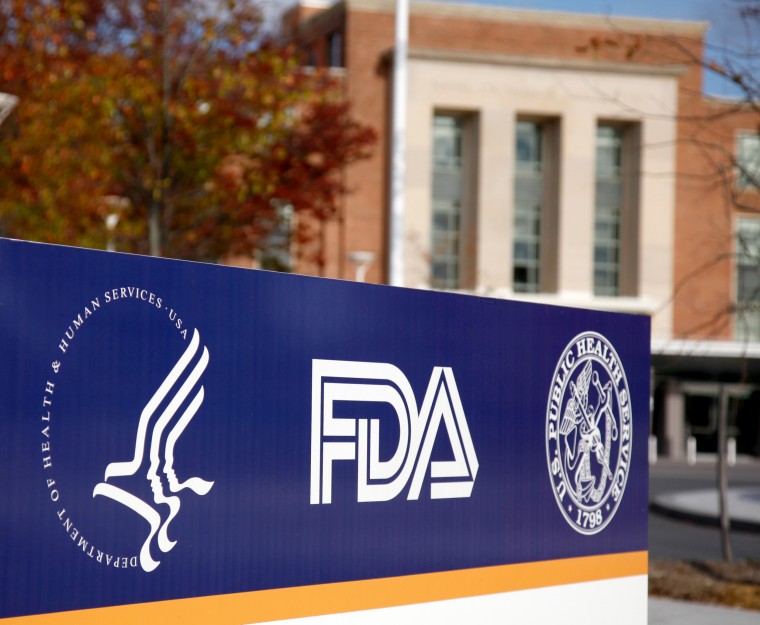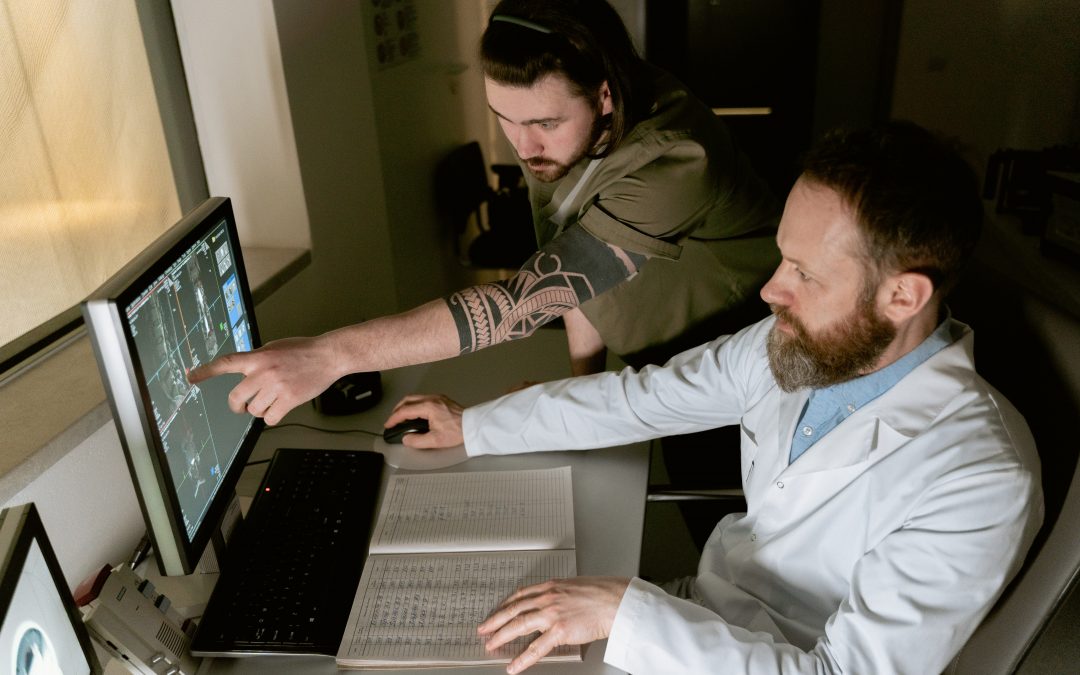
Table of Contents
Regulatory Background
The present guidance covers the matters related to the 510(k) submissions for photobiomodulation (PBM) devices, also referred to as “low-level light therapy (LLLT) devices” intended to be used for general indications. The products addressed in the guidance are designed to deliver a non-heating dose of light energy into the body to provide clinical benefit to the patient. Recommendations provided in the guidance are based on the information currently available to the authority.
The document also contains references to the FDA-recognized voluntary consensus standards medical device manufacturers may use to demonstrate compliance with the applicable regulatory requirements.
As further explained by the FDA, for the purpose of the present document, the term “photobiomodulation” is defined as the application of light at an irradiance that does not induce heating with the goal of altering biological activity. Such a medical device could use a coherent or non-coherent light source. The authority also acknowledges that the mechanisms of actions for PBM, when used for different indications, are still unclear, while the actual results of the application will depend on numerous factors including, inter alia, the length of the wave, fluency, or irradiance.

Scope
The scope of the guidance covers PBM products subject to regulation as Class II medical devices under the existing risk-based classification, namely:
- Powered laser surgical instrument;
- Over-the-counter, powered, light-based laser for acne;
- Light-based over-the-counter wrinkle reduction;
- Light-based treatment for cold sores herpes simplex virus-1;
- Fat deducting low-level laser;
- Laser, comb, hair; and
- Powered, light-based, laser, non-thermal instrument with non-heating effect for adjunctive use in pain therapy.
It is also stated that the scope of the present guidance covers medical device systems containing the PBM product as a component thereof. At the same time, light-emitting products intended for general wellness use are falling outs of the scope of the present guidance – the aspects related to such products are addressed in a separate guidance document issued by the authority and dedicated to the low-risk wellness devices. The authority encourages the interested parties to get in touch in advance through the Q-submission process described in detail in the respective guidance document issued by the FDA.
Device Description
The document further provides additional recommendations to be followed when preparing a premarket submission. In particular, the authority explains the approach to be applied with respect to the device description FDA expects to be submitted by an interested party. According to the guidance, the information to be provided by the applicant should include the details necessary to identify the device, as well as the details related to a PBM light source. The authority additionally emphasizes the importance of addressing the aspects related to the indications for use. All the testing should be conducted using the final version of the device to ensure the accuracy and reliability of its results, while all the methods used should be also described in the submission. According to the guidance, the device description should address the following aspects:
- Anatomic Areas of Use (including the details about specific anatomic areas where the device is intended to be used, their size and shape, as well as the number of treatments and respective instructions);
- Light Generation (including the details of the light or laser generation method used, such as the laser gain medium and the technology the device is based on);
- Wavelength (e.g., the range of wavelength of light in nanometers);
- Energy Fluence (Radiant Dose);
- Spot Size (in mm);
- Output mode (an indication of whether the light output mode is pulsed or continuous wave (CW), or another novel output mode);
- Radiant Power and Irradiance (including the details on the radiant power and irradiance to be delivered to the tissue when the device is used as intended);
- Pulsing Parameters (if applicable, including the pulse duration and shape, energy and fluence per pulse, etc).
In summary, the present guidance provides an overview of the existing regulatory framework and also outlines the key requirements for the devices covered by the scope of the guidance are subject to. The document also describes the information to be included in a premarket submission in order to ensure its completeness and admissibility. According to the guidance, a premarket notification submitted under the 510(k) pathway should contain exhaustive information about the medical device itself, the applicable indications for use, and also about the technical solutions the device is based on.
How Can RegDesk Help?
RegDesk is a holistic Regulatory Information Management System that provides medical device and pharma companies with regulatory intelligence for over 120 markets worldwide. It can help you prepare and publish global applications, manage standards, run change assessments, and obtain real-time alerts on regulatory changes through a centralized platform. Our clients also have access to our network of over 4000 compliance experts worldwide to obtain verification on critical questions. Global expansion has never been this simple.

